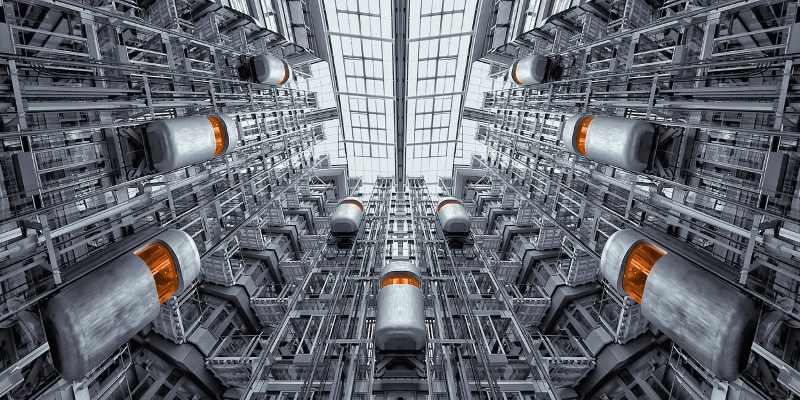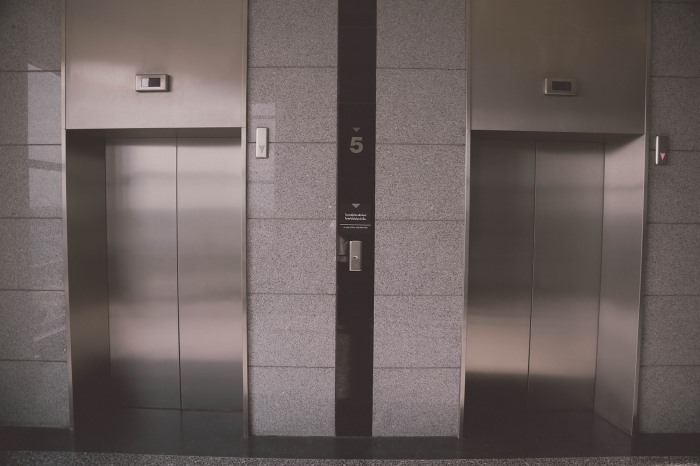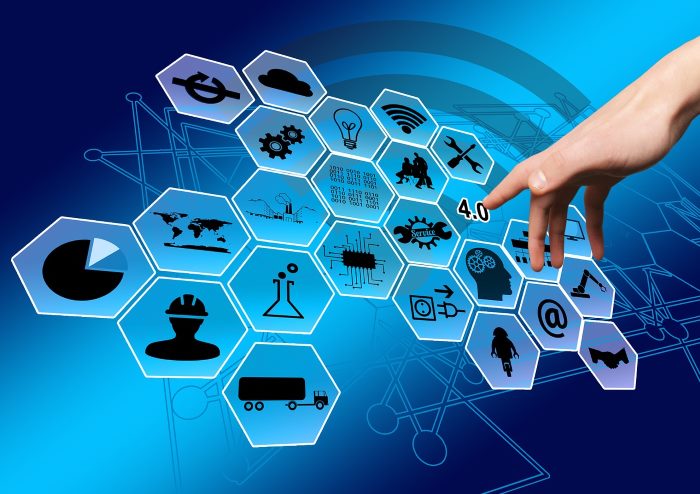
As we’re moving more into the future with smart cities, you’ve probably read about smart traffic lights, delivery drones, and 5G powering entire infrastructures.
Did you know, however, that the humble elevator is getting smarter with the rest of technology? Not only that, but we may see smart elevators make their way into the public eye as early as 2015!
How Do Smart Elevators Work?

Before we break down why we’ll be seeing them soon, let’s identify what on earth makes an elevator “smart.” Why bother making a moving box intelligent?
The idea behind smart elevators is efficiency. With normal elevators, when people want to get to a specific floor, they press a button and wait for an elevator to arrive. They bundle in, regardless of how many people are on it or the floor they want to go to, and wait until they arrive.
Smart elevators aim to minimise this hassle by streamlining the process. You select what floor you want to go to, and the smart elevator system lets you know which elevator will get you there faster.
Not only that, but when you’re on the elevator, it’ll try to take the shortest route to save time. If it senses that the elevator is getting a little packed, it’ll begin skipping floors until its load is reduced a little.
As such, smart elevators aren’t doing anything totally mind-blowing. They are, however, helping businesses clear passenger congestion as fast as possible.
Why 2025 Is a Good Year

So, why are smart elevators going to see a boom in production by 2025? According to researchers at Global Market Insights, the smart elevator market is currently resting at $11 billion. They predict this will then grow to $25 billion by 2025 – a huge step up!
This is due to companies implementing smart technology into their buildings. As businesses build smarter infrastructures, they’ll want elevators that can hook up to the system and improve people traffic. As such, we may see smart elevators on the rise once smart buildings begin taking off.
More than Just Sensors

This is just the start of smart elevators, however. In the future we may see the development of cableless elevators to go alongside their new intelligence. The lack of cable means these elevators can also go sideways as well as up and down.
If this catches on in smart buildings, we’ll see an intricate personnel delivery system where it’s not just about what floor you want to go to but where on that floor you want to arrive.
Smart technology would be even more vital in this situation. How do you deliver people who not only have conflicting floors they want to travel to, but who all want to arrive at a different position on that floor?
While elevators are still simple moving boxes, for now, the future is definitely bright for them. Who knows what kind of elevators we’ll see deployed in 20 years time?
On The Up and Up
Elevators don’t seem like a suitable topic for smart technologies, but their future is very exciting. If things go well, we’ll see more intelligent elevators that will speed up the delivery process all by themselves.
Are you waiting for these new smart elevators? Let us know below.







